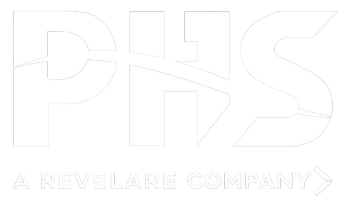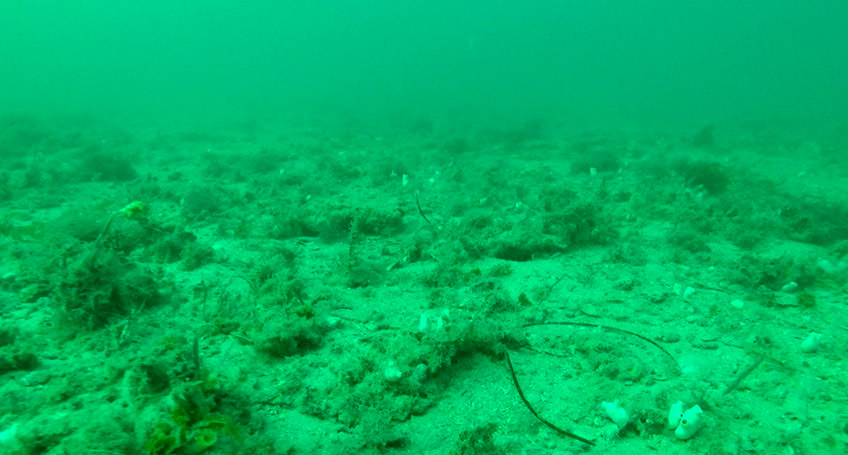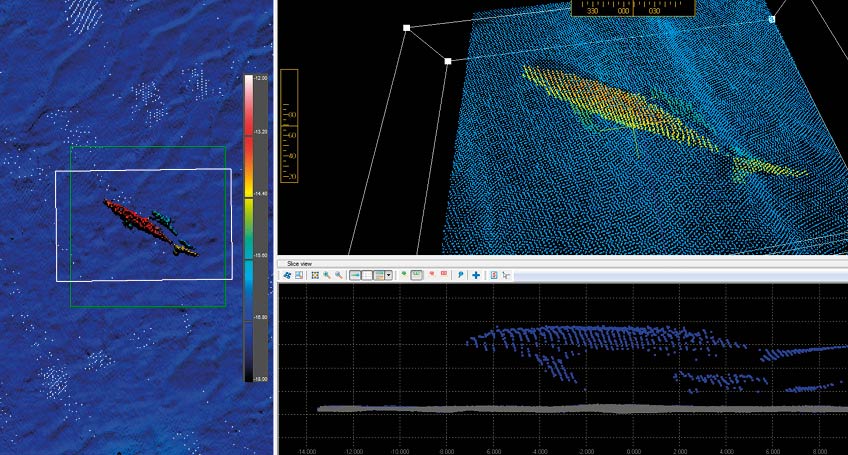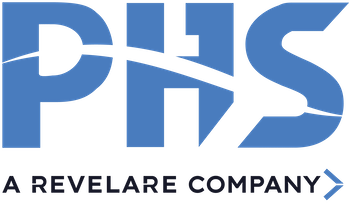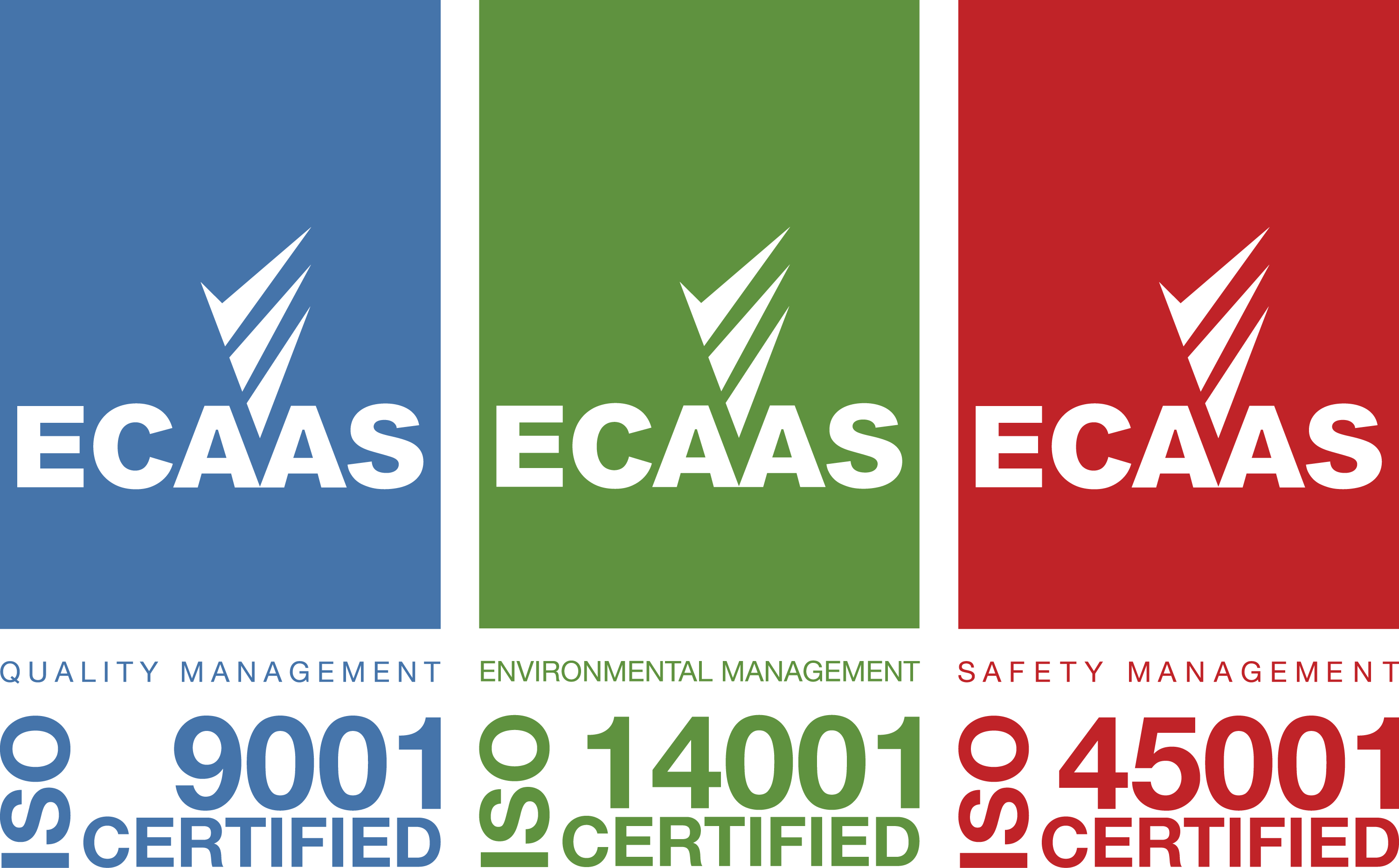Surveys for Object Detection and Debris Clearance
Objects and debris on the seabed can cause damage to vessel intakes and dredging plant that can be avoided by a detailed hydrographic survey.
Hydrographic surveys can identify objects, such as wreckage, debris, or obstructions. An object is defined as any item on the seabed which is distinctly different from the surrounding area. It can be anything from an isolated rock to a wreck or abandoned construction material.
If hydrographic information and data are not correctly collected, analysed, and processed, objects may not be identified resulting in serious implications.
PHS use survey vessels equipped with specialised survey equipment and acoustic instrumentation for the detection and visualisation of underwater objects. Our pool of equipment includes multibeam echo sounders, side scan sonars, sub-bottom profilers, and magnetometers, which are well suited to detecting seabed objects.
What are MBES and SSS and how are they used for object detection and debris clearance?
Why is object detection and debris clearance important?
Objects and debris can impact many marine infrastructure activities from dredging to offshore installation activities. Detection of objects and debris can assist in avoiding incidents with shipping and fouling of dredging and construction equipment.
Investment in extensive survey data collection may appear to be costly, but in the long term quality surveys are worthwhile. Generally, the value of hydrographic services is understated and is beyond the obvious benefit of improved nautical charts.
